Blog Posts Tagged AC/DC Module

Modeling a Pencil Beam Scanning Nozzle Used for Proton Therapy
In proton therapy, an energetic beam of protons is used to deliver ionizing radiation to the treatment area. Learn how particle tracing simulation can be used to help advance this treatment.

Modeling Electrical Contact Resistance at Bolted Joints
As of COMSOL® version 6.3, there is a new boundary condition that simplifies the workflow when setting up a structural mechanics problem. Explore this feature in action here.

Treating Time as a Space Dimension
In this blog post, explore a particularly important approach to solving the time-periodic steady state of a system that can be described by a set of algebraic equations.

Using Differential Inductance and Coils in COMSOL Multiphysics®
Differential inductances are useful for building simplified lumped models. Explore 4 examples of how to extract differential inductance in COMSOL Multiphysics® here.

Modeling Electric and Magnetic Fields from Power Lines
Modeling and simulation can be used to analyze fields generated by power lines, which can lead to a further understanding of how these fields interact with the surrounding environment.

Modeling Dispersion in an Electric Currents Model
As of COMSOL Multiphysics® version 6.2, new electrical dispersion modeling capabilities are available. This functionality is especially important for modeling insulators and living tissues.
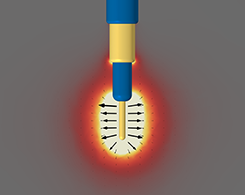
Using Different Physics Interfaces for RF Electromagnetic Heating Models
RF heating problems can be modeled with both the RF Module and the AC/DC Module. Learn more about their capabilities here.
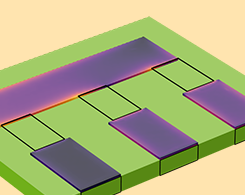
Combining Volumetric Conductor Models and Lumped Elements
With the AC/DC Module, it is possible to connect a full-fidelity volumetric conductor model to a lumped circuit element model. Learn how here.
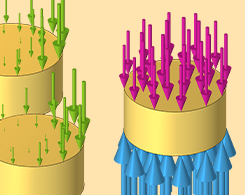
Losses in Three-Phase Transmission Lines
Explore how to model the losses in three copper wires in a linear and an equilateral arrangement.
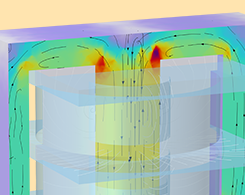
Computing Transformer Equivalent Circuit Parameters
The magnetizing and leakage inductances of a transformer can be found using an open-circuit test and a short-circuit test, respectively. Learn how to simulate these tests here.
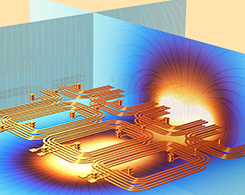
Extracting Electrical Circuits from Electromagnetics Simulations
A new method for generating electric circuits from solved physics is available in the AC/DC Module as of COMSOL® version 6.0. Get an introduction to this feature here.
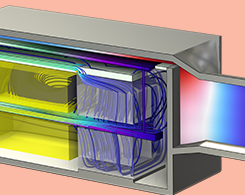
Modeling Speaker Drivers: Which Coupling Feature to Use
Explore how to model 4 different speaker drivers, including moving-coil transducers, balanced armature receivers, piezoelectric drivers, and electrostatic drivers.
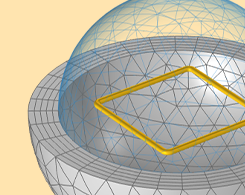
Computing and Using Partial Inductance with COMSOL®
COMSOL Multiphysics® version 6.0 brings new functionality for computing total and partial inductances and AC resistances. Get an overview here.
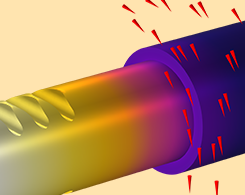
Predicting the Effects of Induction Heating with Simulation
What is induction heating? What are the benefits of it? Can it be simulated with COMSOL Multiphysics? Keep reading to find out…
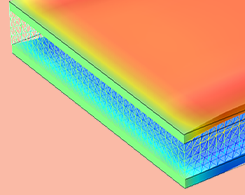
Modeling Piezoelectricity: Which Module to Use?
Acoustics Module, MEMS Module, Structural Mechanics Module: Which one should you use for your piezoelectric device modeling? Get a comprehensive overview of your options here.

Micromagnetic Simulation with COMSOL Multiphysics®
A guest blogger from Fudan University in China used the Physics Builder in COMSOL Multiphysics to create a “Micromagnetics Module” for performing micromagnetic simulations.
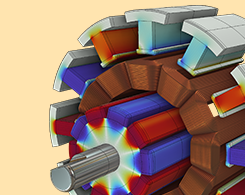
Computing Loss, Temperature, and Efficiency in Electric Motors
Follow along as we investigate the variation of iron and copper losses, the resulting temperature rise, and its effect on the efficiency of a permanent magnet machine.
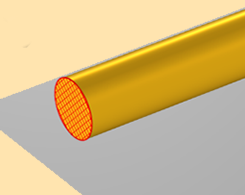
Voltage and Ground When Modeling Wave-Like EM Fields
We continue our discussion of voltage and ground by defining and interpreting these terms for sinusoidally time-varying electromagnetics models.
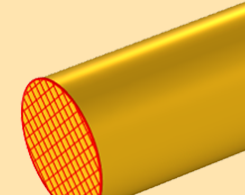
Do Voltage and Ground Exist?
Remember how the terms “voltage” and “ground” were taught in your university electrical engineering classes? Get a precise definition (in terms of modeling computational EM problems) here.
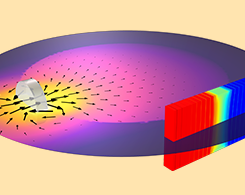
How to Model a Hall Effect Sensor with COMSOL Multiphysics®
Basic working principle of a Hall effect sensor: A nearby magnetic field deflects the path of current through a semiconductive sensor, which causes a measurable change in potential.
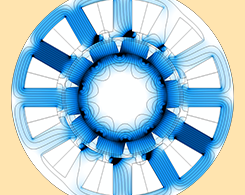
Analyzing Electric Motor and Generator Designs with COMSOL®
Using electromagnetics simulation, you can investigate and optimize the magnetic field distribution, mechanical torque, and iron usage and losses in a permanent magnet motor or generator.
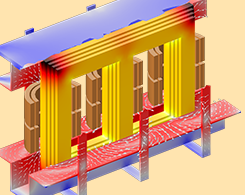
Computing Losses in a Three-Phase Power Transformer
Around the world, power transformers are used in power grids for efficient electric power transmission. EM simulation can be used to compute losses in these devices and optimize their designs.
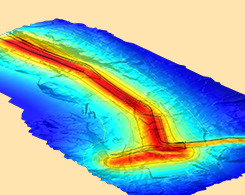
Investigating Magnetic Field Exposure Near Transmission Lines
Electromagnetics simulation can be used to predict and investigate magnetic field exposure around power transmission lines and other electrical infrastructure.
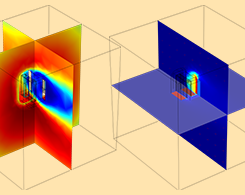
Designing Inductors with a Simulation App at Bombardier Transportation
Every day, 500 million passengers in 200 cities and 60 countries ride a train featuring Bombardier Transportation products. See how apps help speed up the design process for a train component…
